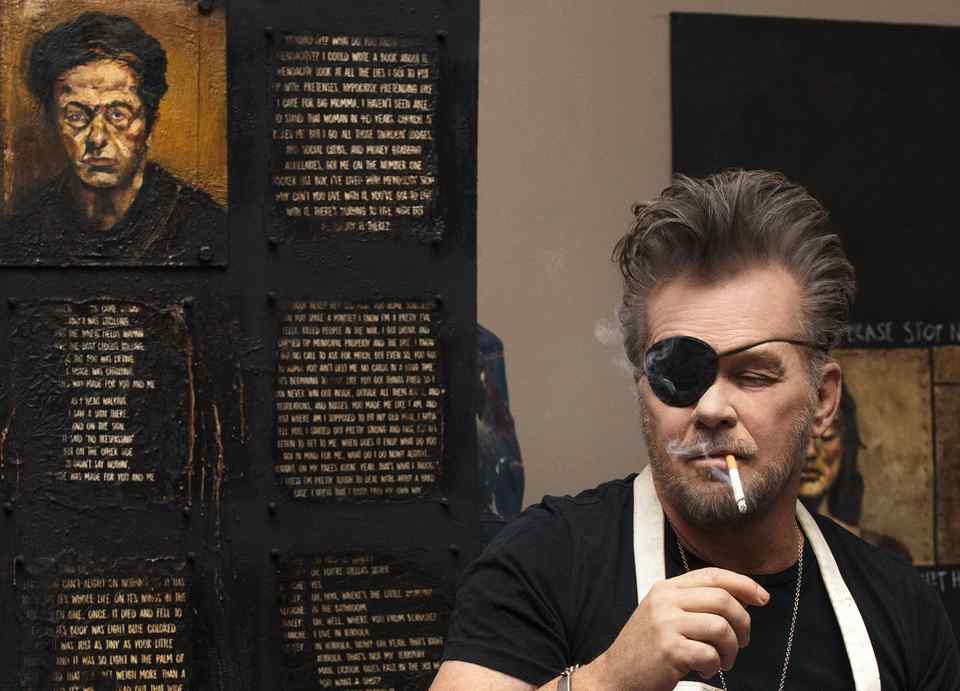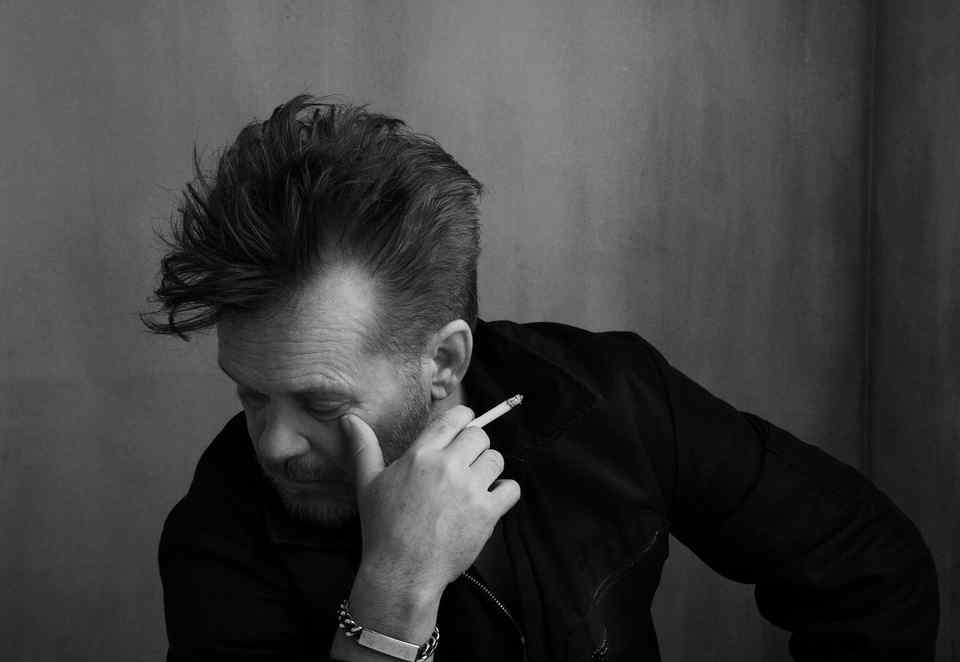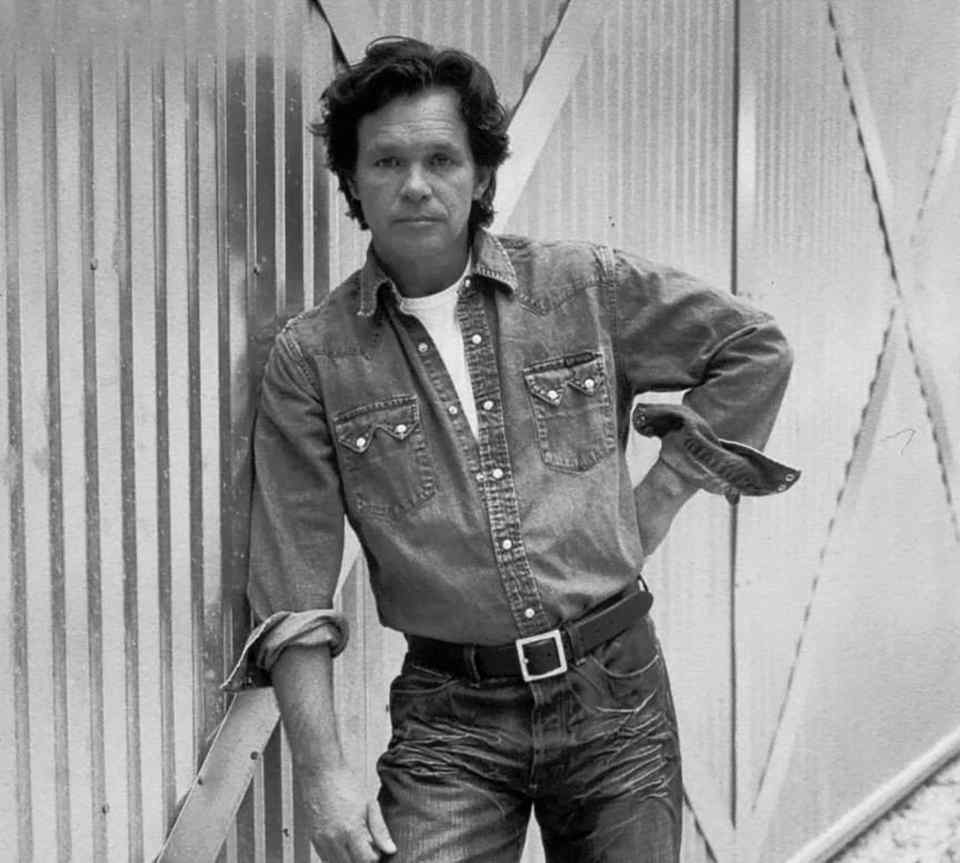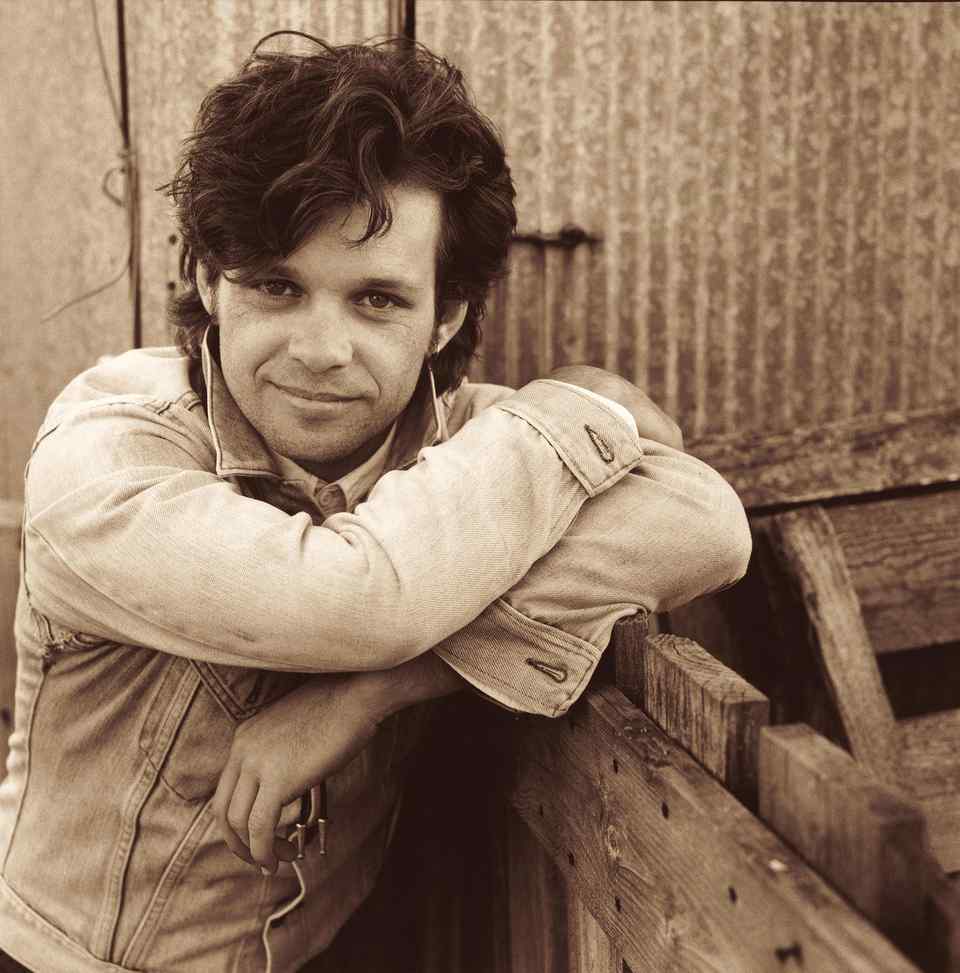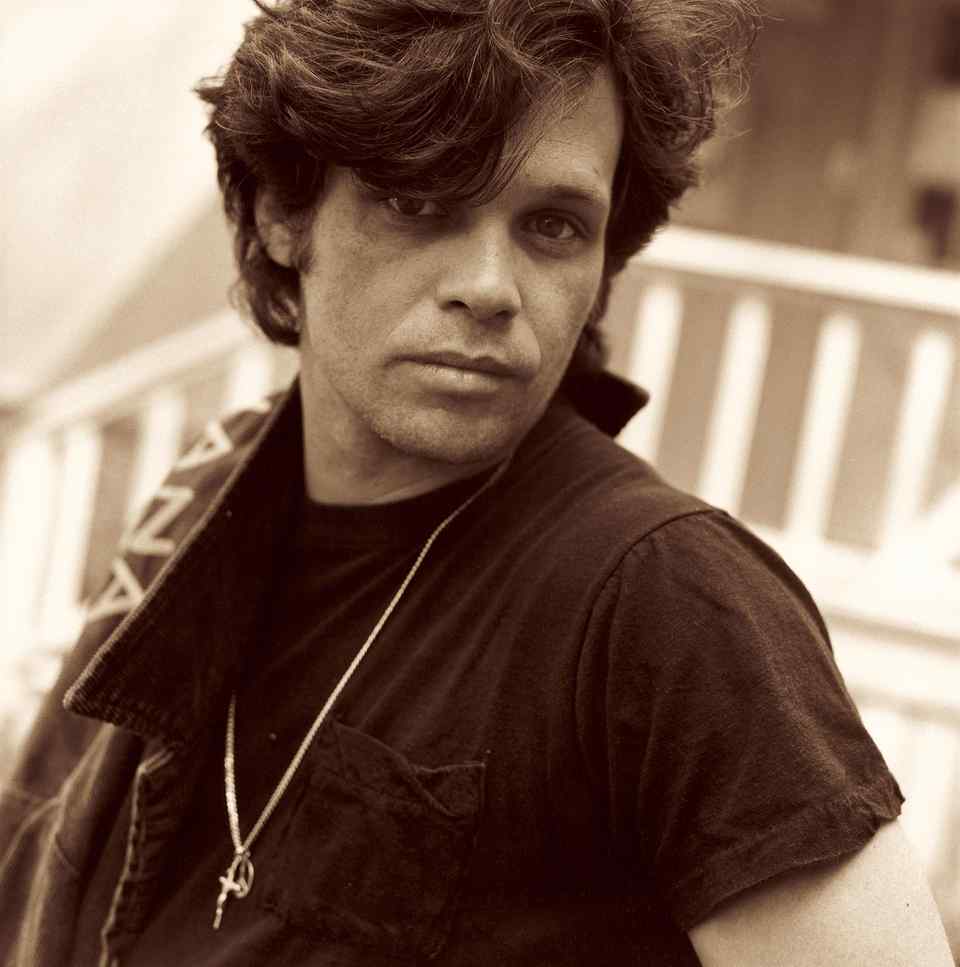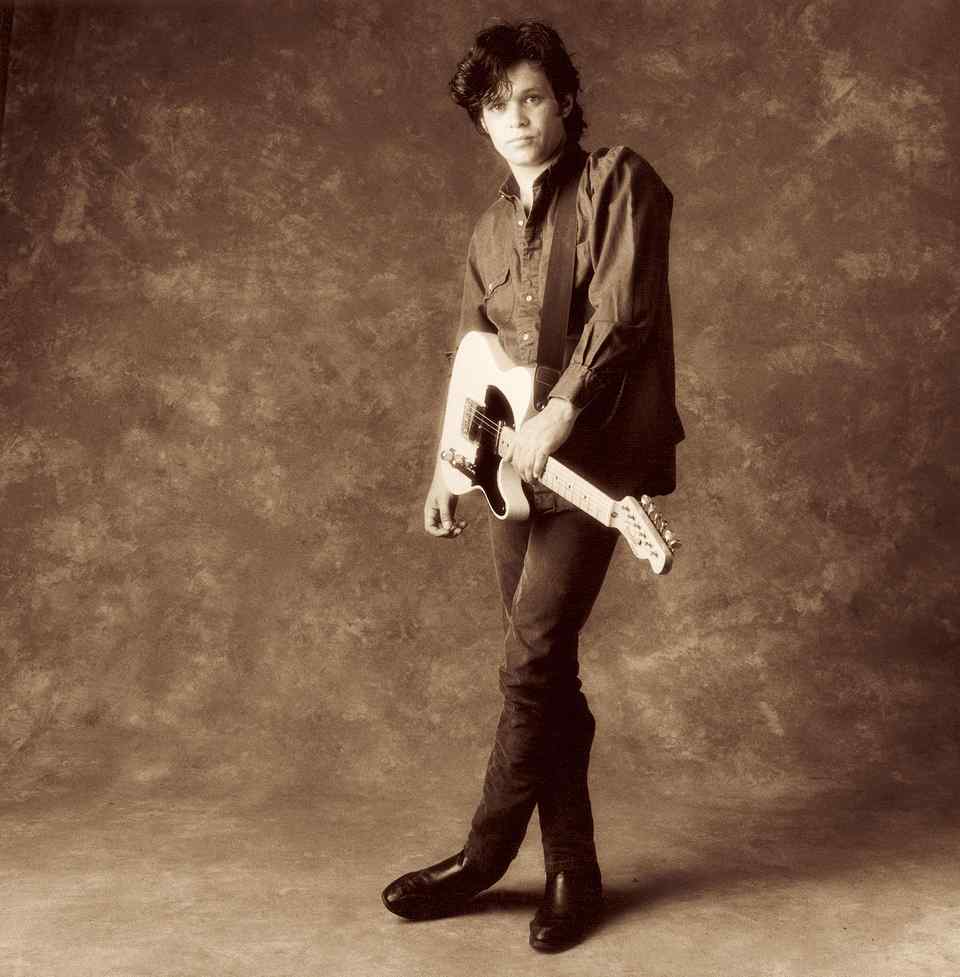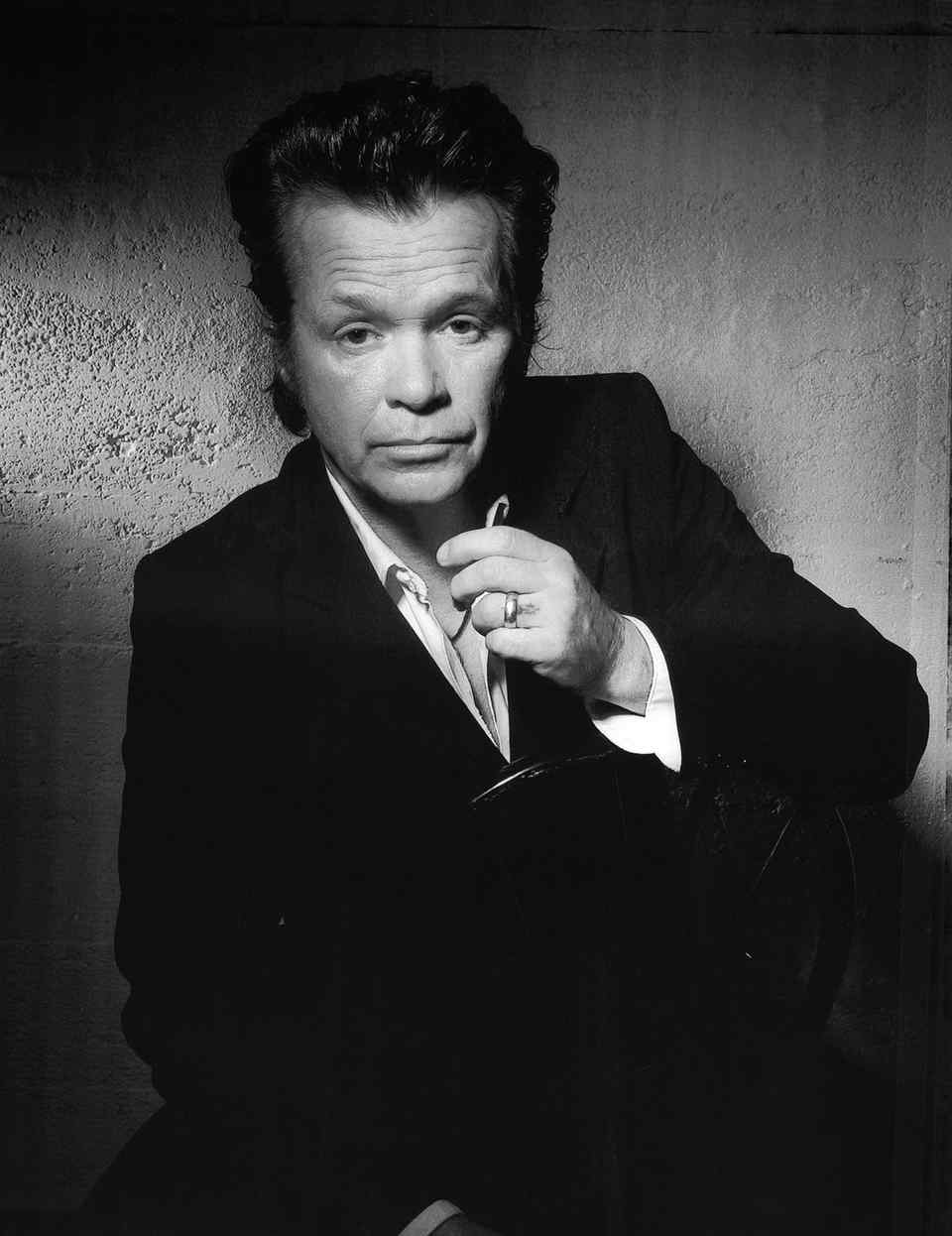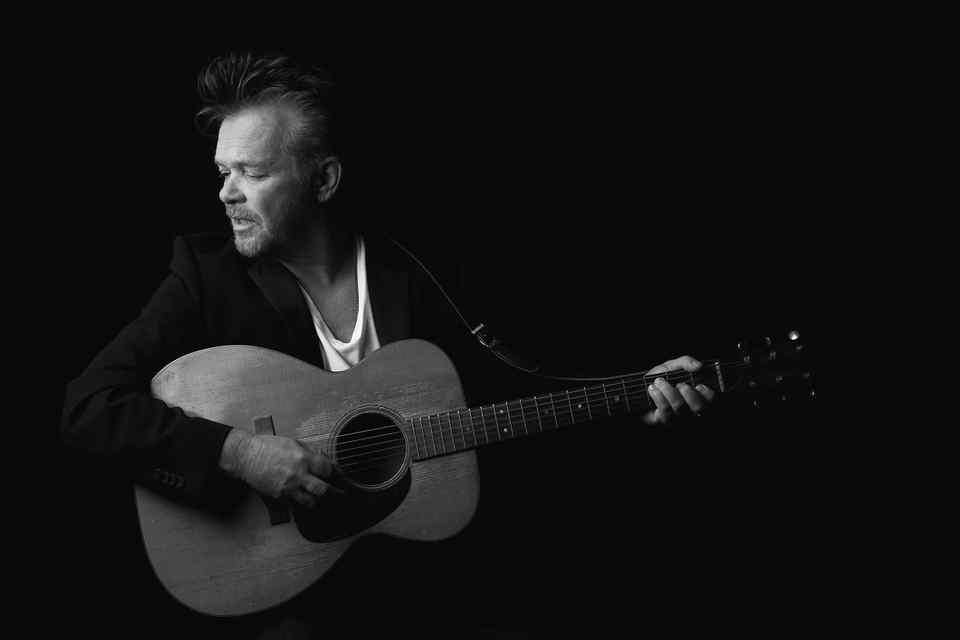P3 Update: On Tour with John Mellencamp
P3 Update By Bob Fisher
Fans around the world have purchased more than 40 million record albums featuring music by John Mellencamp, including 22 of the top 40 all-time best-selling songs. Photographer/Filmmaker Kurt Markus and his son Ian literally followed Mellencamp to 26 cities in 18 states while making It’s About You, a documentary about the musician’s six-week concert tour with Willie Nelson and Bob Dylan in summer of 2009. Markus produced this documentary, his first, at Mellencamp’s invitation.
For the duration of the tour, Markus and his son rode in a car that followed Mellencamp and his entourage. They used Super 8 film to record approximately 15 hours of performances and behind-the-scenes footage. Mellencamp has since shown an abbreviated version of the doc to audiences during his six-week 2010 concert tour that began in Bloomington, Ind. in October. After seeing the film, one journalist wrote, “Watching this documentary before hearing John Mellencamp perform is like eating dessert before dinner.”
There are no interviews in It’s About You. “It’s not about me,” Mellencamp has told his audiences, “It’s about Kurt being with me.” The documentary blends music and images from concert performances and studio recording sessions during the tour with a pensive Mellencamp on the streets of some run-down cities. The musician’s facial expressions and body language as he observes shuttered buildings in once-thriving towns speak louder than words.
The story behind the making of the documentary is much like a script for an old-fashioned, feel-good Hollywood movie. Markus is an accomplished photographer whose fashion and celebrity portraits have been featured in Vanity Fair, GQ, Rolling Stone, Travel Plus, Leisure, Esquire, Condé Nast Traveler, People, Entertainment Weekly, Vogue, German Elle, House & Garden and other mainstream print publications. His photos are also on display at museums and galleries around the world and in books published by Wild Horse Island Press, which is managed by his wife Maria. “I took some pictures of John and his family around 20 years ago,” Markus recalls. “We have stayed in touch over the years. I directed a music video of John performing ‘Peaceful World’ in 2001. A few years ago, I sent him a book filled with portraits that I had taken of boxers. One of Mellencamp’s two sons is a boxer. John called and told me how much he liked the book. About a week later, he called and said he wanted me to shoot a documentary of him on tour. John said that he wanted it to look like the portraits in my boxing book.”
At the time, Markus had sparse experience with motion picture cameras. During the late 1980s and early ’90s, a few advertising agencies experimented with hiring still photographers to create television commercials, and Markus shot one commercial that he describes as “terrible.” His wife then bought him a Super 8 Beaulieu camera, which he used to shoot family films and a few music videos, including “Peaceful World.” The camera had been on a shelf gathering dust for years when Mellencamp called about the documentary.
Markus met with Phil Vigeant, president of Pro8mm, in Burbank, Calif., who convinced him that advances in technology made Super 8 film a viable option for the documentary. It would enable Markus to work unobtrusively in sometimes challenging environments while recording an appropriately organic look on film that could be converted to HD format. For the shoot, Markus traveled with two Pro8mm Max 8 Classic Pro cameras mounted with Beaulieu 7-56mm T1.4 power zoom lenses. Vigeant explains that it’s a Beaulieu 7008 Super 8 camera modified to record synchronized sound and frame images in 1.58:1 aspect ratio. The modified aspect ratio allows cinematographers to use more of the negative frame in a format compatible with 16:9 projection.
Pro8mm also provided Markus with an ample supply of KODAK VISION3 5219 500T film in Super 8 format, with each cartridge having a two-and-a-half-minute run time. “In my dreams, I thought about dramatic lighting, but in reality I knew from day one that we would have to be invisible behind the scenes,” says Markus. “We didn’t have any control over lighting. Ian and I were definitely not the boss. As a matter of fact, we were ignored.” That actually turned out to be an advantage, because it left Markus free to roam unobtrusively behind the scenes, filming performances and the reactions of people in the audience while his son recorded synchronized sound with a Sony EX3 camera. They also took 35mm still pictures.
“I tried to learn how to synch sound and film by reading about how [Filmmaker] Albert Maysles did it on the [D. A.] Pennebaker films,” Markus explains. “He had a sound person hold up a card with a number on it. We decided to use time code, which freed my son and I to wander separately. I slated shots myself. I didn’t have anybody assisting me.” Markus and his son skipped a few concerts to scout places where Mellencamp had scheduled recording sessions, including historic Sun Studios in Memphis, Tenn. “I knew going into this project that I would be flying by the seat of my pants,” Markus says. “John kept saying, ‘Kurt, this film is about you,’ but I took that tongue in cheek.”
After the first day of production, the film was shipped to Pro8mm. After Vigeant inspected the processed film, he told Markus that it looked good and transmitted samples over the Internet. He also gave Markus verbal reports as production continued. “This 500-speed negative has enormous latitude,” says Vigeant. “That gave Kurt and our colorist opportunities to create interesting images that were the right aesthetics for parts of the story. It recorded faces in darkness and details in bright highlights.” The processed negative was converted to digital format with a custom-made Cintel Millennium II 4K scanner and Da Vinci 2K color corrector. Markus and his son edited the documentary, which included integrating still photographs that were scanned and converted to digital format. The images were displayed on a 55-inch TV screen and recorded onto Super 8 film. “During postproduction, like in production, we were making it up as we went along,” Markus says. “We want to take the audience on the same journey that we took with John.”
After the film was edited, Markus supervised the timing of the final cut at Pro8mm, where he also narrated shared memories and observations on the soundtrack. “It was a great experience, coupled with the fact that I had to learn to work with my son as a partner, which was deeply moving,” Markus says. The next step on his inaugural journey as a documentary filmmaker will be taking It’s About You on the festival circuit. Asked if he has any regrets about the experience, Markus replies, “At the end of every project, I come home wishing that I had done something better.” And as for Markus’s son Ian, he has since enrolled as a film studies major at the University of Montana.
Fans around the world have purchased more than 40 million record albums featuring music by John Mellencamp, including 22 of the top 40 all-time best-selling songs. Photographer/Filmmaker Kurt Markus and his son Ian literally followed Mellencamp to 26 cities in 18 states while making It’s About You, a documentary about the musician’s six-week concert tour with Willie Nelson and Bob Dylan in summer of 2009. Markus produced this documentary, his first, at Mellencamp’s invitation.
For the duration of the tour, Markus and his son rode in a car that followed Mellencamp and his entourage. They used Super 8 film to record approximately 15 hours of performances and behind-the-scenes footage. Mellencamp has since shown an abbreviated version of the doc to audiences during his six-week 2010 concert tour that began in Bloomington, Ind. in October. After seeing the film, one journalist wrote, “Watching this documentary before hearing John Mellencamp perform is like eating dessert before dinner.”
There are no interviews in It’s About You. “It’s not about me,” Mellencamp has told his audiences, “It’s about Kurt being with me.” The documentary blends music and images from concert performances and studio recording sessions during the tour with a pensive Mellencamp on the streets of some run-down cities. The musician’s facial expressions and body language as he observes shuttered buildings in once-thriving towns speak louder than words.
The story behind the making of the documentary is much like a script for an old-fashioned, feel-good Hollywood movie. Markus is an accomplished photographer whose fashion and celebrity portraits have been featured in Vanity Fair, GQ, Rolling Stone, Travel Plus, Leisure, Esquire, Condé Nast Traveler, People, Entertainment Weekly, Vogue, German Elle, House & Garden and other mainstream print publications. His photos are also on display at museums and galleries around the world and in books published by Wild Horse Island Press, which is managed by his wife Maria. “I took some pictures of John and his family around 20 years ago,” Markus recalls. “We have stayed in touch over the years. I directed a music video of John performing ‘Peaceful World’ in 2001. A few years ago, I sent him a book filled with portraits that I had taken of boxers. One of Mellencamp’s two sons is a boxer. John called and told me how much he liked the book. About a week later, he called and said he wanted me to shoot a documentary of him on tour. John said that he wanted it to look like the portraits in my boxing book.”
At the time, Markus had sparse experience with motion picture cameras. During the late 1980s and early ’90s, a few advertising agencies experimented with hiring still photographers to create television commercials, and Markus shot one commercial that he describes as “terrible.” His wife then bought him a Super 8 Beaulieu camera, which he used to shoot family films and a few music videos, including “Peaceful World.” The camera had been on a shelf gathering dust for years when Mellencamp called about the documentary.
Markus met with Phil Vigeant, president of Pro8mm, in Burbank, Calif., who convinced him that advances in technology made Super 8 film a viable option for the documentary. It would enable Markus to work unobtrusively in sometimes challenging environments while recording an appropriately organic look on film that could be converted to HD format. For the shoot, Markus traveled with two Pro8mm Max 8 Classic Pro cameras mounted with Beaulieu 7-56mm T1.4 power zoom lenses. Vigeant explains that it’s a Beaulieu 7008 Super 8 camera modified to record synchronized sound and frame images in 1.58:1 aspect ratio. The modified aspect ratio allows cinematographers to use more of the negative frame in a format compatible with 16:9 projection.
Pro8mm also provided Markus with an ample supply of KODAK VISION3 5219 500T film in Super 8 format, with each cartridge having a two-and-a-half-minute run time. “In my dreams, I thought about dramatic lighting, but in reality I knew from day one that we would have to be invisible behind the scenes,” says Markus. “We didn’t have any control over lighting. Ian and I were definitely not the boss. As a matter of fact, we were ignored.” That actually turned out to be an advantage, because it left Markus free to roam unobtrusively behind the scenes, filming performances and the reactions of people in the audience while his son recorded synchronized sound with a Sony EX3 camera. They also took 35mm still pictures.
“I tried to learn how to synch sound and film by reading about how [Filmmaker] Albert Maysles did it on the [D. A.] Pennebaker films,” Markus explains. “He had a sound person hold up a card with a number on it. We decided to use time code, which freed my son and I to wander separately. I slated shots myself. I didn’t have anybody assisting me.” Markus and his son skipped a few concerts to scout places where Mellencamp had scheduled recording sessions, including historic Sun Studios in Memphis, Tenn. “I knew going into this project that I would be flying by the seat of my pants,” Markus says. “John kept saying, ‘Kurt, this film is about you,’ but I took that tongue in cheek.”
After the first day of production, the film was shipped to Pro8mm. After Vigeant inspected the processed film, he told Markus that it looked good and transmitted samples over the Internet. He also gave Markus verbal reports as production continued. “This 500-speed negative has enormous latitude,” says Vigeant. “That gave Kurt and our colorist opportunities to create interesting images that were the right aesthetics for parts of the story. It recorded faces in darkness and details in bright highlights.” The processed negative was converted to digital format with a custom-made Cintel Millennium II 4K scanner and Da Vinci 2K color corrector. Markus and his son edited the documentary, which included integrating still photographs that were scanned and converted to digital format. The images were displayed on a 55-inch TV screen and recorded onto Super 8 film. “During postproduction, like in production, we were making it up as we went along,” Markus says. “We want to take the audience on the same journey that we took with John.”
After the film was edited, Markus supervised the timing of the final cut at Pro8mm, where he also narrated shared memories and observations on the soundtrack. “It was a great experience, coupled with the fact that I had to learn to work with my son as a partner, which was deeply moving,” Markus says. The next step on his inaugural journey as a documentary filmmaker will be taking It’s About You on the festival circuit. Asked if he has any regrets about the experience, Markus replies, “At the end of every project, I come home wishing that I had done something better.” And as for Markus’s son Ian, he has since enrolled as a film studies major at the University of Montana.

